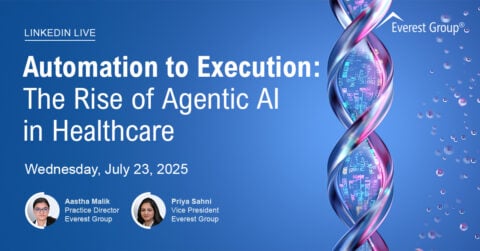Reimagine growth at Elevate – Dallas 2025. See the Agenda.
Filter
Displaying 11-20 of 306
Automation to Execution: The Rise of Agentic AI in Healthcare | LinkedIn Live
July 23, 2025
9:00 a.m. CDT | 10:00 a.m. EDT | 3:00 p.m. BST | 7:30 p.m. IST
LinkedIn Live
1 hour
Systems of Execution: Consulting in an AI-powered Future | LinkedIn Live
Jul 17, 2025
11 a.m. IST | 1:30 p.m. SGT | 2:30 p.m. JST | 4 p.m. ACT
LinkedIn Live
1 hour
Reimagining Chemicals R&D: How Autonomous Labs Can Accelerate Innovation and Discovery | Webinar
July 25, 2025
7 a.m. PDT | 9 a.m. CDT | 10 a.m. EDT | 3 p.m. BST | 7:30 p.m. IST
Webinar
1 hour
















